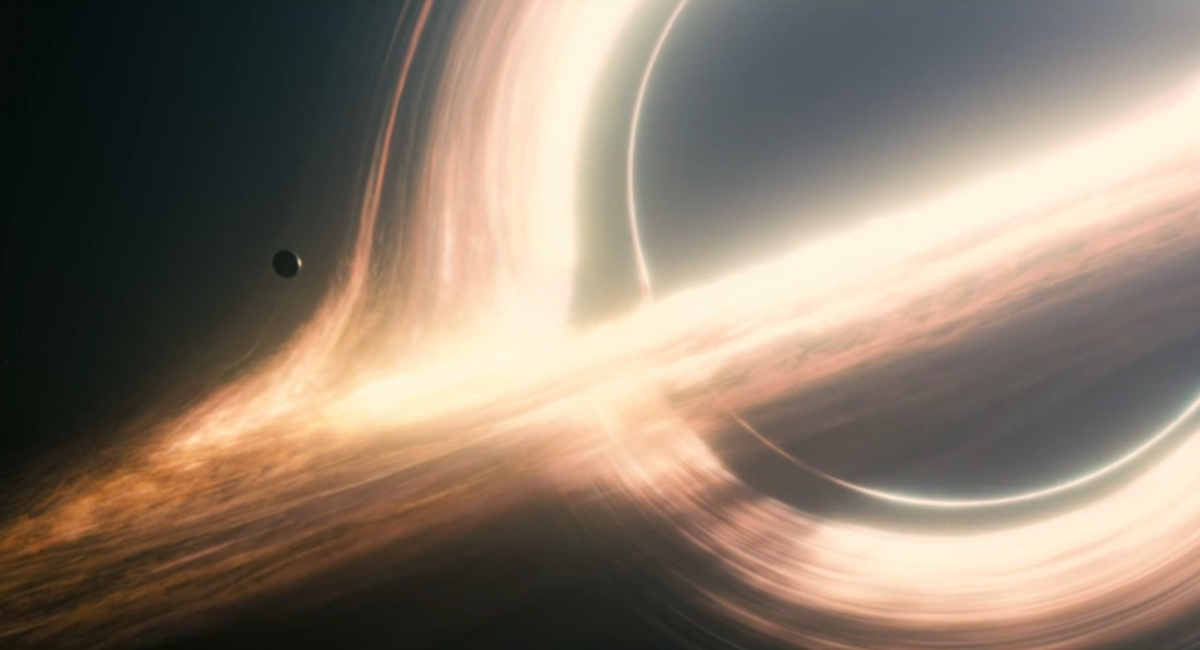Three dimensions have never been enough. We’ve always known that. In “Interstellar” the fate of the human race depends on the human brain’s expansion into understanding– and using– at least two more dimensions. And the necessary expansion could never have happened without a lie.
I’ve read and heard reactions to “Interstellar” saying that it was hard to follow. I am told that Christopher Nolan frequently produces hard-to-follow films, such as “Inception.” I am willing to go along for most rides, especially when the spectacle earns its name. Watching “Inception” and “Interstellar” I went in for the experience, decided beforehand to like the movies, didn’t expect to know what was going on all the time, and I felt satisfied, if confused. I guess confusion is common enough in my brain that a lack of understanding doesn’t disappoint me.
In “Interstellar” I let the scientific explanations waft over me, accepting for the duration of the movie, at least, that all the facts presented made sense. I have to do that with most science anyway, since I myself have only performed about 30 lab experiments about 30 years ago. It’s all a bit mysterious, and that’s the way I like it–awesome, wonderful, a bit beyond me. Very much like sewing or cryptic crosswords or tides.
The non-scientific aspects of the theories in “Interstellar,” the ones that saved the human race, were completely comprehensible to me, and, unexpectedly, brought a new clarity to my relationship with love, hope/faith and creativity (otherwise known as lying). The science took our heroes to the black hole, but emotion and art took them the rest of the way. The love between father and daughter created a structure that hope made worth a try. That it would never work was obvious to the viewer and the characters, but when has that ever stopped our trying?
Finally, I must pay homage to the power of the lie, the artifact created by a creative, passionate thinker that kept hundreds of people dedicated to a hopeless cause. Story, poem, picture, sculpture, all not what they appear to be, are forces, maybe similar to the cross-dimensional force of gravity in the “Interstellar” universe.
And what about music? Though the soundtrack was effective, I would have liked the power of music to be explored in “Interstellar.”
The movie woke me up to the physical properties of love and hope, the aspects of the human intelligence which, when combined with science, make anything possible. Such as being with my parents across the line of the living.

